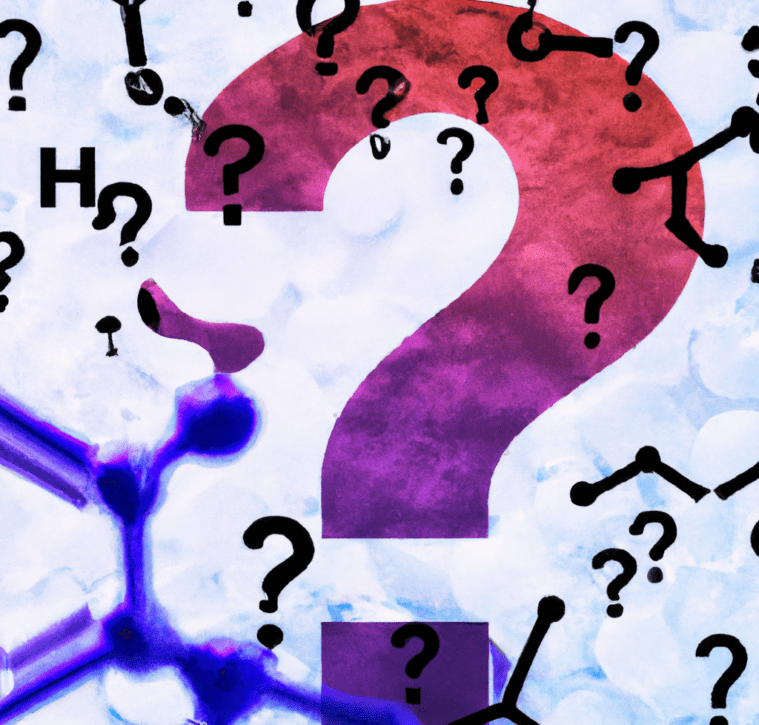Today, I shall expound upon the classic stimulant – amphetamine – delving into its mechanisms of action, the ways in which it impacts our brain, and the reasons behind its effects. Though I shall endeavor to make the answer to the question in the title as comprehensible as possible, given the intricacy of all processes involved, this is a formidable task.
And in this article I will try a new approach: each subtitle will be part of the answer to the question of the title. So, if the subtitle seems incomprehensible or inappropriate to you, remember what this article is called. It seems to me that this is something new. And in this article I will try a new approach: each subtitle will be part of the answer to the question of the title. So, if the subtitle seems incomprehensible or inappropriate to you, remember what this article is called. It seems to me that this is something new. But enough unnecessary words, let’s go!
Amphetamine, as a typical stimulant, manifests its effects by elevating the levels of the neurotransmitters dopamine and norepinephrine within our brains.
Neurotransmitters are active biochemicals with which the nerve cells of the brain “communicate”, transmit impulses and maintain our nervous system in all its complexity.
Dopamine and norepinephrine belong to the same group of neurotransmitters – monoamines. Additionally, along with adrenaline, they constitute a subgroup called catecholamines. Furthermore, norepinephrine is a chemical precursor of adrenaline.
Catecholamines play a key role in attention, motivation, and reward, so amphetamine can be used to treat conditions such as attention deficit hyperactivity disorder (ADHD) and narcolepsy.
Penetrates into neurons
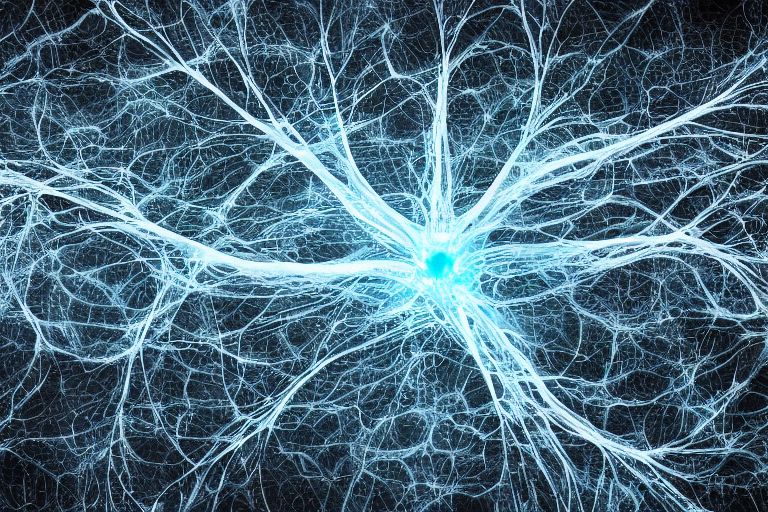
To take effect, amphetamine first needs to get inside the neuron.
Upon entering the bloodstream via the digestive system, mucous membranes, or directly, amphetamine swiftly permeates the brain, infiltrating our neurons.
The structure of amphetamine is highly akin to that of catecholamines. As a result, it binds effectively to sodium and chlorine ions and is readily transported into nerve cells either through simple diffusion or with the aid of a DAT carrier protein (which we shall delve deeper into later). This is where the most intriguing aspect begins.
The precise molecular mechanisms underlying the effects of amphetamine (as well as many other substances) are not fully comprehended, being complex and multifaceted, however, several key pathways have been identified as being involved.
The main thing to know is that amphetamine elevates dopamine and norepinephrine levels in the brain, and it does so through multiple means simultaneously.
Increases the level of monoamines
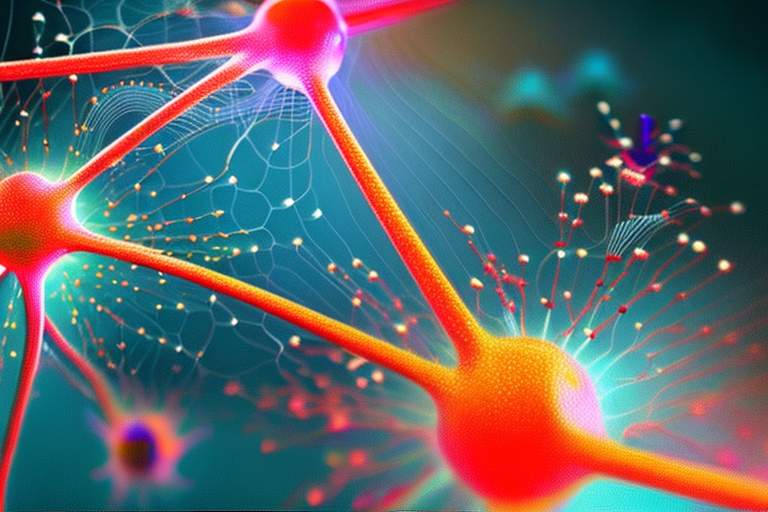
Amphetamine increases the release of dopamine and norepinephrine from nerve cells (neurons). Nerve cells produce neurotransmitters, but these substances only become active when they enter the space between neurons, more specifically, between special processes of neurons through which chemical-electrical signals are transmitted, known as synapses, and the space between them is referred to as the intersynaptic gap.
Amphetamine stimulates the activity of proteins referred to as vesicular monoamine transporters (VMATS, specifically VMAT2), which are responsible for transporting these neurotransmitters to vesicles for storage within nerve cells.
We recall that amphetamine enters the synapse of a neuron as it is chemically similar to monoamines. Upon reaching the tip of the synapse (presynaptic terminal), this again proves advantageous for amphetamine. It displaces other monoamines that are associated with VMAT2, which causes neurotransmitters to be pumped into the space between synapses – this process is referred to as retrotransport. This leads to an increase in the amount of dopamine and norepinephrine between synapses.
Additionally, amphetamine is a potent agonist (activates the function) of trace amine-associated receptor 1 (TAAR1). This causes an increase in the concentration of monoamines in the synaptic cleft and contributes to increasing binding to the postsynaptic receptor.
The cumulative effect of amphetamine through VMAT2 and TAAR1 results in an abundance of norepinephrine and dopamine in synapses. The signals associated with these neurotransmitters begin to actively enter the centers of the nervous system and produce the desired effects.
Moreover, amphetamine increases the activity of alpha-2A adrenergic receptors in the brain, which are responsible for the release of norepinephrine, leading to increased alertness, attention, and energy.
Reduces the reuptake of monoamines
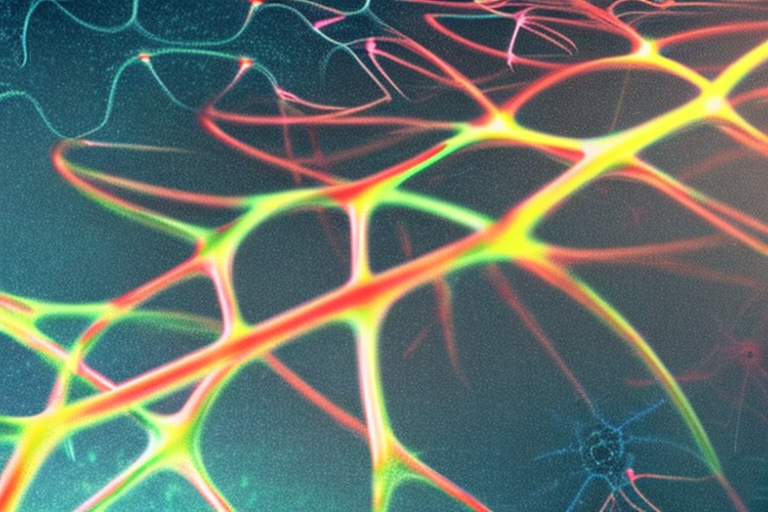
But that is not all, in parallel, amphetamine reduces the reuptake of dopamine and norepinephrine.
Reuptake is a natural reaction when a synapse absorbs the neurotransmitters back into itself, ceasing their signaling to another neuron or other cell, this is necessary to regulate the processes that occur within the nervous system.
Therefore, if the reuptake of signaling mediators is reduced, they will accumulate in the space between synapses and increase activity in the reward and motivation centers of the brain, as is the case with catecholamines, leading to the “buzz” or euphoria associated with amphetamine.
To reduce the reuptake of catecholamines, amphetamine binds to dopamine transporters (dopamine active transporter, DAT) and, potentially, norepinephrine, reducing or suspending their function.
Amphetamine alters the chemical structure of DAT (phosphorylates it) and the latter becomes absorbed by the neuron. The number of DAT decreases, meaning the functions it performs will also decrease. Dopamine will be less transferred from the intersynaptic cleft back to the synapse.
Amphetamine is known to be a weak dopamine reuptake inhibitor, a moderate norepinephrine reuptake inhibitor, and a very weak serotonin reuptake inhibitor. This aspect may cause the classical more stimulating effect of amphetamine than the euphoric one.
Changes the activity of receptors and something else

Another mechanism by which amphetamine impacts the brain is through changes in the activity of certain receptors. Amphetamine increases the activity of dopamine receptors D1 and D2, which are involved in the reward and motivation centers of the brain, causing them to interact more readily, swiftly, and efficiently with dopamine, contributing to the attainment of the desired effects.
Lastly, it is acknowledged that amphetamine is an inhibitor of the mitochondrial-bound enzyme monoamine oxidase (MAO), responsible for the breakdown of excess neurotransmitters. With its inhibition, the excess of monoamines will not be broken down, and their concentration in the synaptic cleft will significantly increase, leading to increased signaling. This mechanism is often underestimated as amphetamine is a weak MAO inhibitor, but it should not be overlooked.
Manifests itself in different parts of the brain
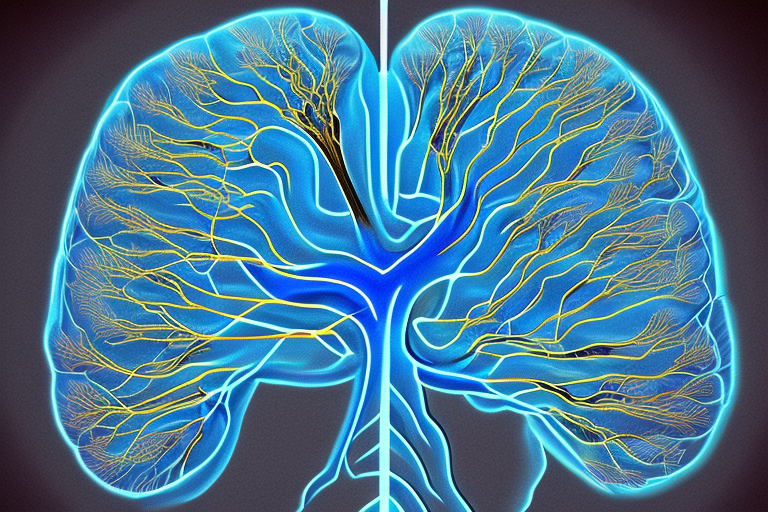
We have learned the mechanisms by which amphetamine exerts its effects, but it has several effects. What does it depend on? In short, it depends on which part of the brain is affected by amphetamine.
Thus, increased motivation and euphoria are caused by an increase in dopamine levels in the mesolimbic pathway, a nerve tract in the brain that plays a critical role in the mechanisms of memory, emotion, learning and neuroendocrine regulation and is considered crucial in the production of feelings of pleasure.
Also, motor activity and partly euphoria as effects of the action of amphetamine depend on the increase in the concentration of dopamine and norepinephrine in the striatum, a structure in our brain that regulates muscle tone, participates in the processes of encouragement and reinforcement, and also plays a role in the formation of impulsive behavior.
The full profile of the effects of amphetamine is provided not only by dopamine and norepinephrine. The role of other monoamines and other active substances was also noted: serotonin, histamine, CART peptides, endogenous opioids, corticosteroids, and glutamate. We know that amphetamine also affects all these substances and shows its effects through them, but the specific mechanisms and the full picture of what is happening are yet to be fully understood.
That’s all for today.
If you think that something needs to be added or corrected in this article, please do not hesitate to reach out to me. I am always open to dialogue.
I hope this article was helpful. If you would like to support the development of this blog, please consider the following actions:
- Subscribe to my social media accounts.
- Share a link to this article with your friends.
- Mention this blog on relevant resources or in chat groups.
Thank you for your time and attention 🧮


